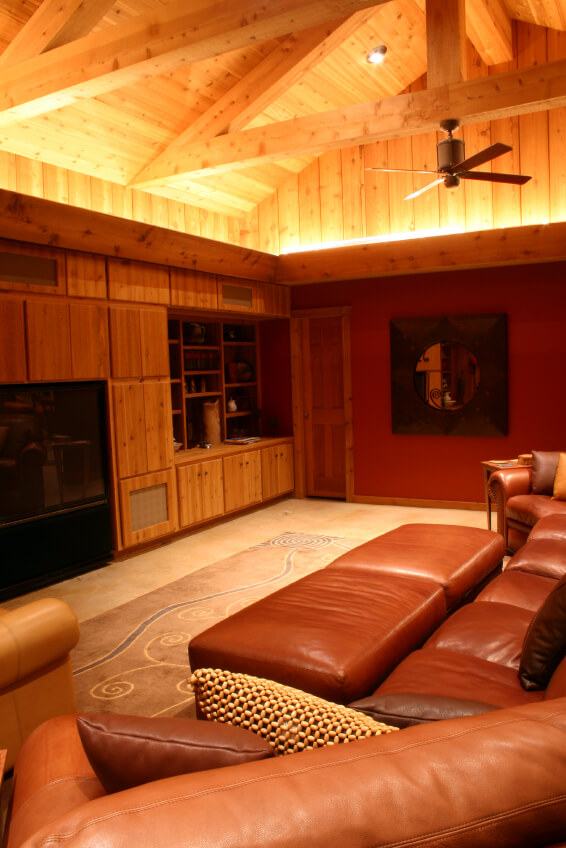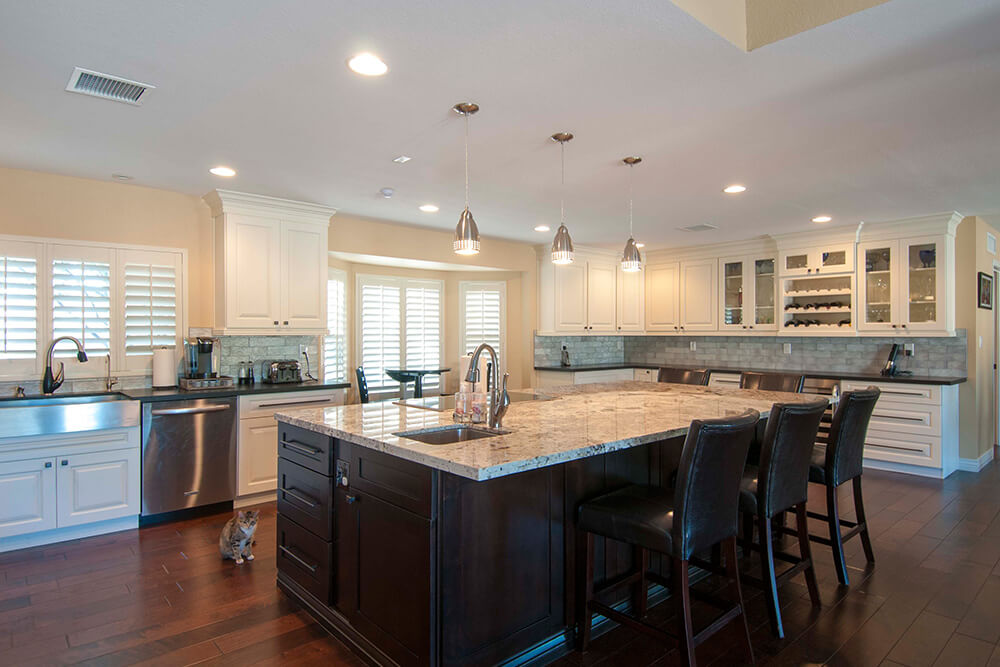When people are decorating a bedroom, they often pay attention primarily to the colors of what they are buying. How will the bedspread look with the furniture? Does the color of the furniture complement the color of the walls? Those are important questions, but another highly important element should be factored in as well: lighting. The way a room is lit can impact the room’s overall look just as much as the colors of the bedspread, walls, furniture, etc., so making decisions about lighting early can pay off later when a bedroom is complete.
Warm Light or Cool Light
Color “temperature” is technically measured using an element known as a “Kelvin,” but most decorators are concerned more with the eyeball test than with technicalities. “Warm” light brings out the oranges, yellows, and reds that are in a room while “cool” lighting highlights the greens, blues, etc. Incandescent bulbs are on the warm end of the spectrum at around 2,700K, and daylight is at the other end of the spectrum at around 6,700K. Soft white and cool white light fall in the middle of the spectrum at 3,000K and 4,100K, respectively.
Evaluate a Bedroom’s Colors
The best way to make sure a bedroom has the best lighting possible is to assess and evaluate a bedroom’s color scheme before purchasing lights. A roomful of shades of orange, red, and yellow would be considered a “warm” room, while a roomful of blue, green, and purple shades would be considered a “cool” room. Once the temperature of the room has been determined, decorators can move on to the step of choosing the lights themselves.
Warm Light Sources
Those people whose rooms feature primarily warm colors should buy dimmer lights that will not make an already warm room too bright. Incandescent or compact fluorescent bulbs are good choices for warm rooms as they bring out the richness of warm colors.
Cool Light Sources
Cooler, darker colors, on the other hand, need brighter, cooler light in order to keep the room from being too dark. Natural white and daylight white lights are ideal for cool rooms as they bring out the vibrancy in the colors.
Soft Light and Hard Light
Softer, more diffused light can create a more relaxed mood in a room than brighter, harder light. Hard light can have its benefits, however; it can be used to highlight important focal points in the bedroom that draw the eye.
Dim Light and Bright Light
Dimmer light is a popular choice for bedrooms because it creates a soft, relaxing feel in the room. Bright light can be used, though, to brighten and cheer up a room—especially one that has been decorated with dark colors. Dim and bright lights can be used in tandem to create a pleasing effect.
With the right type of planning, color and light can be combined together to design a bedroom that accommodates both and meets the needs of those who sleep in it.


